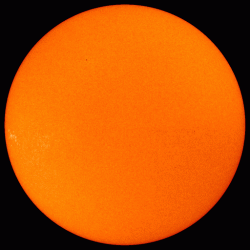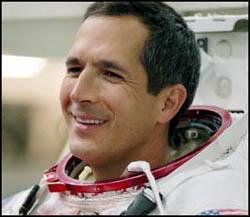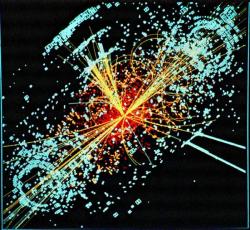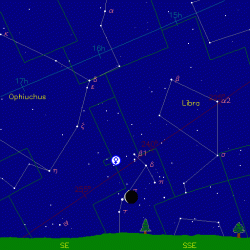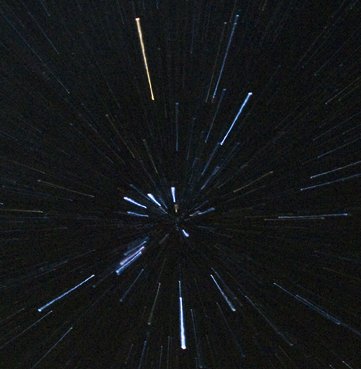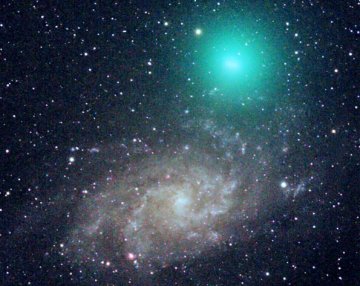 | By Dave Mosher Staff Writer posted: 07 January 2008 06:55 am ET |
Our universe is a mess — a colossal "cosmic web" of galaxies strung into filaments and tendrils that are millions or billions of light-years long.
Although this web's basic structure is resolved, astronomers say understanding it in more detail requires new observatories, better computing and a lot of luck.
"When you look into a large telescope, the reality of the cosmic web hits you in the face because you can see how galaxies are organized," said Rodrigo Ibata, an astronomer at the Observatoire Astronomique de Strasbourg in France. "We have clear evidence for the cosmic web's existence, but there is still so much we don't know about it."
Ibata explained that the cosmic web filaments are held together by dark matter, unseen stuff that makes up 85 percent of all mass in the universe.
"It's intrinsically tough to study something you can't see, so dark matter makes understanding the cosmic web an exceedingly difficult challenge," Ibata told SPACE.com.
Ibata and other astronomers detail some of the cosmic web's mysteries last week in the journal Science.
Intergalactic highway
The cosmic web is thought to funnel galaxies, gas and dark matter around the universe, something like a chaotic intergalactic highway. Ibata said he's looking to our own celestial neighborhood for effects of this network.
"We think cosmic web tendrils feed directly into galaxies, dump matter onto them and build them up," Ibata said.
Ibata hopes new star data gathered by the European Space Agency's GAIA spacecraft, set to launch in 2011, will help gather evidence of such activity near the Milky Way.
"It's going to make things very interesting over the coming years," he said of GAIA, which will finely measure the distances and movements of more than a billion local stars. Such data could reveal where — and what — cosmic web tendrils might be spilling into our neck of the celestial woods.
"The environment within these tendrils could be one of the most important factors in galaxy formation," Ibata said.
To use mountains of data that GAIA and other observatories are expected to deliver in the future, however, Ibata said computer technology will have to catch up. "If we were to get such data now, we wouldn't be able to efficiently process it," he said.
Simulating the universe
Claude-Andre Faucher-Giguere, a graduate student in astrophysics at Harvard University, agrees.
"We need powerful computers to deal with raw astronomy data," Faucher-Giguere said. "But another aspect is that once it's processed, we need to be able to learn something from it."
Faucher-Giguere said computer simulations help with the task by giving astronomers grounds for comparison. If a simulation fits a set of observations, it helps astronomers pick the best theoretical track to explain what they see.
Our current big-picture view of the universe is based mostly on optical light, Faucher-Giguere said, but new observatories will look deep into the cosmos in wavelengths such as infrared and radio.
"We'll need new, better simulations to make sense of data we haven't yet learned how to analyze," he said. "We need to be prepared or else we won't know what we're looking at."
Faucher-Giguere expects astronomers to increasingly team up with computer-savvy theoreticians to extract the latest knowledge about our universe in an efficient way.
"Astronomy is driven by new observations," he said, "but to make use of these new windows onto the universe, we really have to keep up with the theoretical work."

